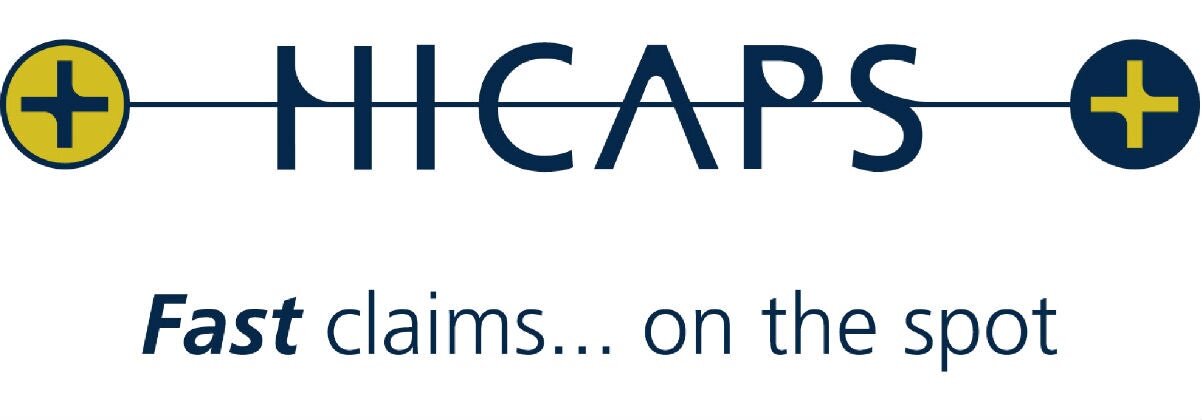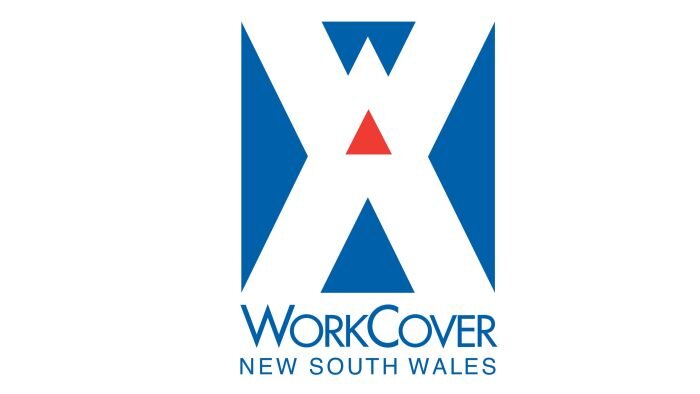Shin Pain & Injury
Shin Pain
Most shin pain is the result of chronic overuse resulting in overloading the structures such as your bone, muscle and tendons.
Common Sources of Shin Pain
Shin pain or injury is a very common lower leg complaint in runners and other athletes who need to run in their sport eg football. Shin pain most commonly manifests itself as shin splints.
Shin Splints
Shin splints are characterised by pain in the front or side of the lower leg, particularly near the shin and often involve small tears of the leg muscle near the shin bone or injury to the bone itself eg periosteal injury. It is especially common among people involved in athletic pursuits such as running and walking.
Symptoms include tightness, tenderness on palpation of the edge of the shin bone (tibia) and throbbing of the shins during and after activity. The symptoms often disappear at rest then return as soon as the activity is resumed. There are two main types of shin splints: anterior and posteromedial.
More info about Shin Splints.
Stress Fractures
Should shin splints progress they may eventually present as stress fractures, which will not only affect your sporting performance but interrupt your training plan. Most stress fractures require you to rest for at least six weeks so it is important to differentiate between the two injuries. While causes can vary, it is highly recommended that all shin pain sufferers are professionally examined to assess if any poor biomechanics, training schedules and/or dietary issues are predisposing you to a shin injury.
More info about Stress Fractures.
Compartment Syndrome
Compartment syndrome or in its acute form - CECS (Chronic Exertional Compartment Syndrome) is a condition where your circulation and soft tissue function are compromised by an increased pressure within a space.
Acute compartment syndrome is a surgical emergency to prevent tissue death. Chronic compartment syndrome is reversible with good professional advice and injury management.
More info about Compartment Syndrome.
Delayed Onset Muscle Soreness
DOMS (or Delayed Onset Muscle Soreness) is another form of overuse that can affect your muscles adjacent to the shin.
More info about DOMS.
Shin Pain Running
The most common cause of shin pain that we see at PhysioWorks is shin pain from running. Normally the shin pain is caused by excessive changes in training loads. This can happen as runners ramp up their loads from zero to a few kilometres or at the other end of the spectrum as runners are preparing for longer events eg marathon or Ironman events.
However, any sport that involves running or even landing activities can experience shin pain due to overloading. This can include all of the football codes, netball or even high-speed and load sports such as gymnastics.
More info: Running Injuries
Leg Cramps
Generally, aching legs, leg cramps can all result in leg pain. Another interesting source of leg pain is Restless Legs Syndrome.
Calf and Achilles Injuries
While not often thought of as a source of shin pain, behind your shin is your calf which is vulnerable to a torn calf muscle or an Achilles tendonitis.
Referred Pain
Plus you can also experience referred pain to your shin from sciatica or a lower back injury.
Common Sources of Shin Pain & Injury
General Information
- Calf Pain
- Shin Pain
Achilles Injuries
- Achilles Tendonitis / Tendinitis
- Achilles Tendon Rupture
- Retrocalcaneal Bursitis
Calf Pain
- Calf Muscle Tear
Shin Pain
- Shin Splints
- Stress Fracture
- Tibialis Posterior Tendinopathy
Muscle Injuries
- Compartment Syndrome
- Muscle Strain
- Cramps
- DOMS - Delayed Onset Muscle Soreness
- Overuse Injuries
Systemic Conditions
- Rheumatoid Arthritis
- Fibromyalgia
- Psoriatic Arthritis
- Lupus
Neurological Conditions
- Sciatica
- Restless Leg Syndrome
- Pinched Nerve
Call PhysioWorks
Book Online
Shin Pain Treatment
At PhysioWorks, we have several our highly skilled physiotherapists with a special interest in shin pain and joint injury. Traditionally, most shin pain conditions have often been treated with only short-term aims in mind. e.g. rest or painkillers.
One of the differences that you'll notice with PhysioWorks treatment is the thorough analysis of WHY you actually have your shin pain, rather than only treating your symptomatic pain. We strongly believe that if you don't correct why you are vulnerable to shin pain then it is only a matter of time before your shin pain returns.
Research findings have modified modern physiotherapy treatment approaches to shin pain. Together with a thorough knee and lower limb assessment, your treatment can progress quickly to get you pain-free and performing your normal sport or daily activities in the shortest time possible.
Common Shin Pain Treatment Options
Please click the links below for more information about some of the Common Knee Treatments that we can recommend or utilise for your knee pain.




